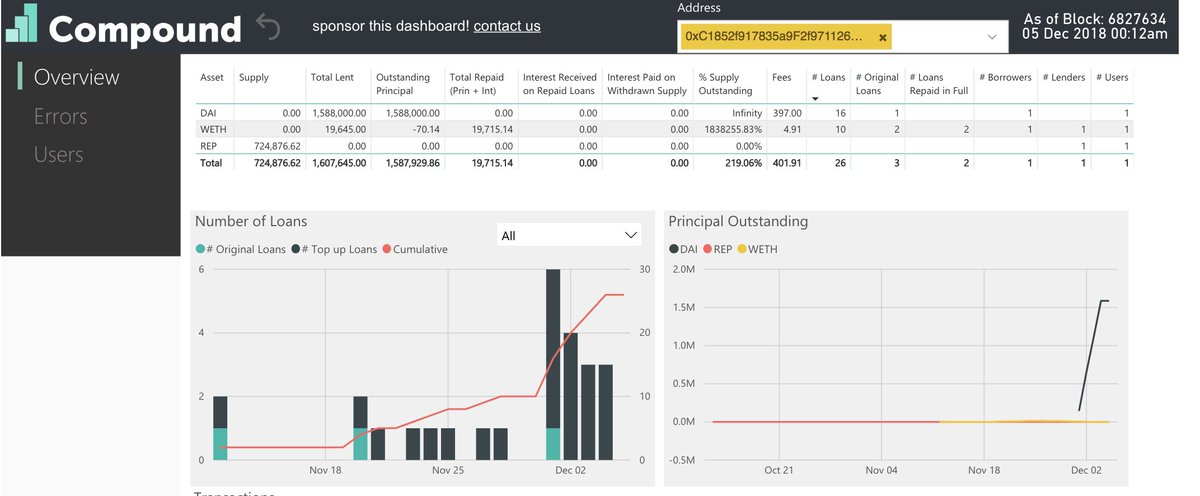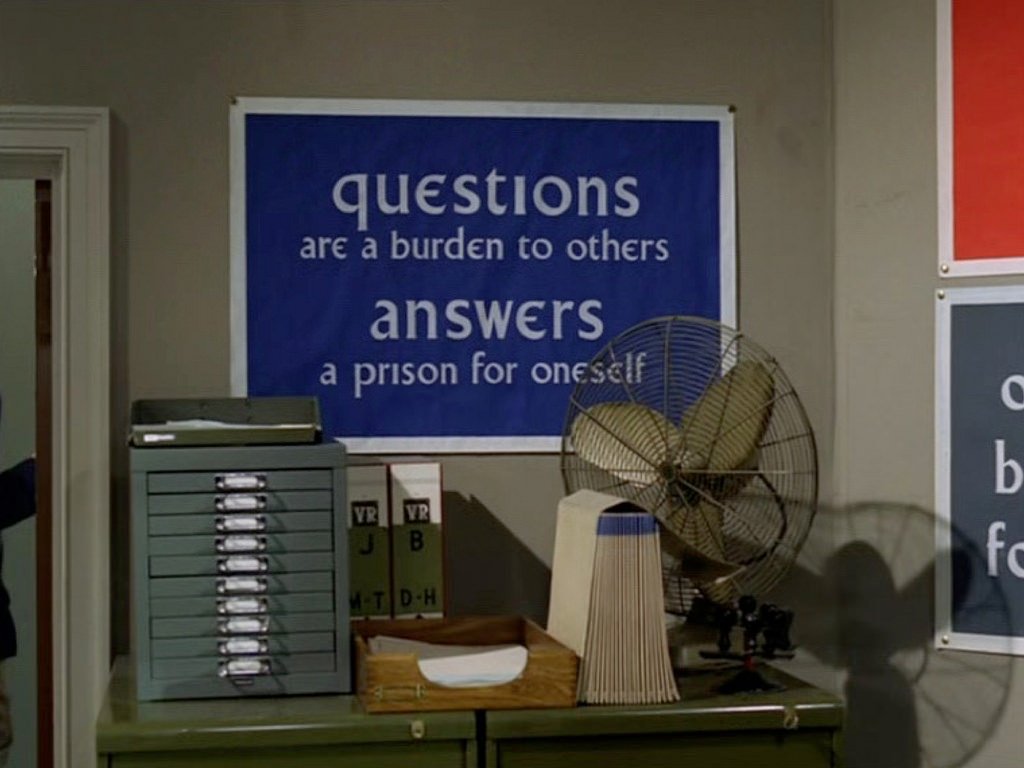github.com/paritytech/par…
-Gas used (and transaction count)
-Gas limit rise if max gas is being used
-Client optimizations
-Mining centralization
-Other small factors
Ethereum 1.x is considering some proposals around this. Here is a great post by @realLedgerwatch: ethereum-magicians.org/t/on-raising-b…





